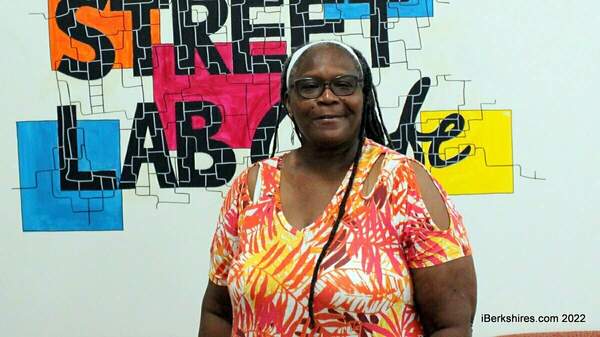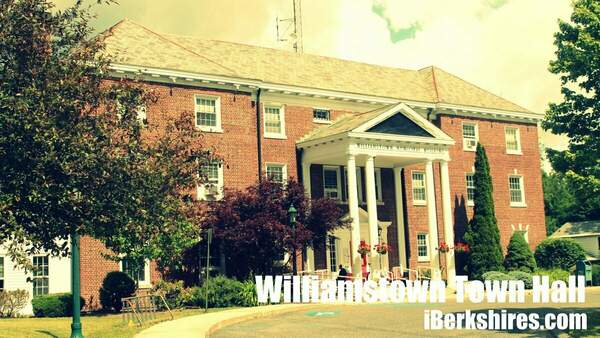Letter: Letter to the Mount Greylock School Committee
 |
To the Editor:
Below is the text of an email I submitted to the MGRSD School Committee today (Aug. 29):
Members of the MGRSD School Committee:
I'm writing to you in support of the work of your Phase 2 Subcommittee and its recommendation to install a turf field at Mount Greylock's campus.
I ask you to trust the members of the Phase 2 Subcommittee, and your members you appointed to that subcommittee, in their lengthy due diligence and public deliberation -- of both the financial and alleged health risks in light of current medical research -- in determining that a turf field is best for the school and its students.
As a parent of scholar-athletes involved in the field sports at Mount Greylock (soccer and lacrosse) since the fall of 2010, I can attest directly to the difficulties these teams have had regarding natural grass field conditions. Invariably, games played on natural grass in the county have been either postponed or canceled outright due to unplayable surfaces caused by weather and season conditions. Even well-maintained natural fields have fallen prey to our New England weather variations, more so recently.
For example, this past spring season the boys lacrosse team had to relocate five of its games to, wait for it, local turf fields (MCLA and Williams). It played on nine turf fields in a 20-game season. The girls team played a similar number of games on turf fields in a 22-game season. If Mount Greylock determines it shouldn't have a turf field due to alleged health issues, then should its field teams forfeit all games to be played at opponents' or neutral turf venues?
That's why so many surrounding educational institutions with athletic programs have adopted the turf field for their field sports teams. Area high schools such as West Springfield, Chicopee Comprehensive, Deerfield Academy, Berkshire School, Burr and Burton Academy, Chicopee, East Longmeadow, Agawam, Pope Francis, Springfield Central, South Hadley, Easthampton, and Northfield Mount Herman all have turf fields. Local colleges Williams, BCC, MCLA, Mount Holyoke, Amherst, UAlbany, RPI, Sage, Union, UMass, Smith, Elms, AIC, Westfield State, Western New England, Springfield and Skidmore all have turf fields.
My eldest son looked at 21 colleges in his pursuit to play collegiate lacrosse; all have turf fields. The college he's currently enrolled at and playing for, installed its turf field in 2015. My youngest son, now a senior at Greylock, has looked at 17 colleges this past year; all have turf fields.
I doubt any of these institutions would be using a turf field if their assessment of the health, financial, and environmental factors confirmed actual, material issues regarding the same. For support of that, just look at the recent analysis BCC went through with its field, a field many county schools now use due to its stable availability for play in any weather condition.
I urge you strongly to move forward with the turf field project and vote in favor of its installation at the school.
Respectfully,
Adam Filson
Williamstown, Mass.
Filson is a Mount Greylock grad ('83) and the parent of two children who have attended Mount Greylock (2016 and 2020).
Tags: high school sports, MGRHS, turf field,















